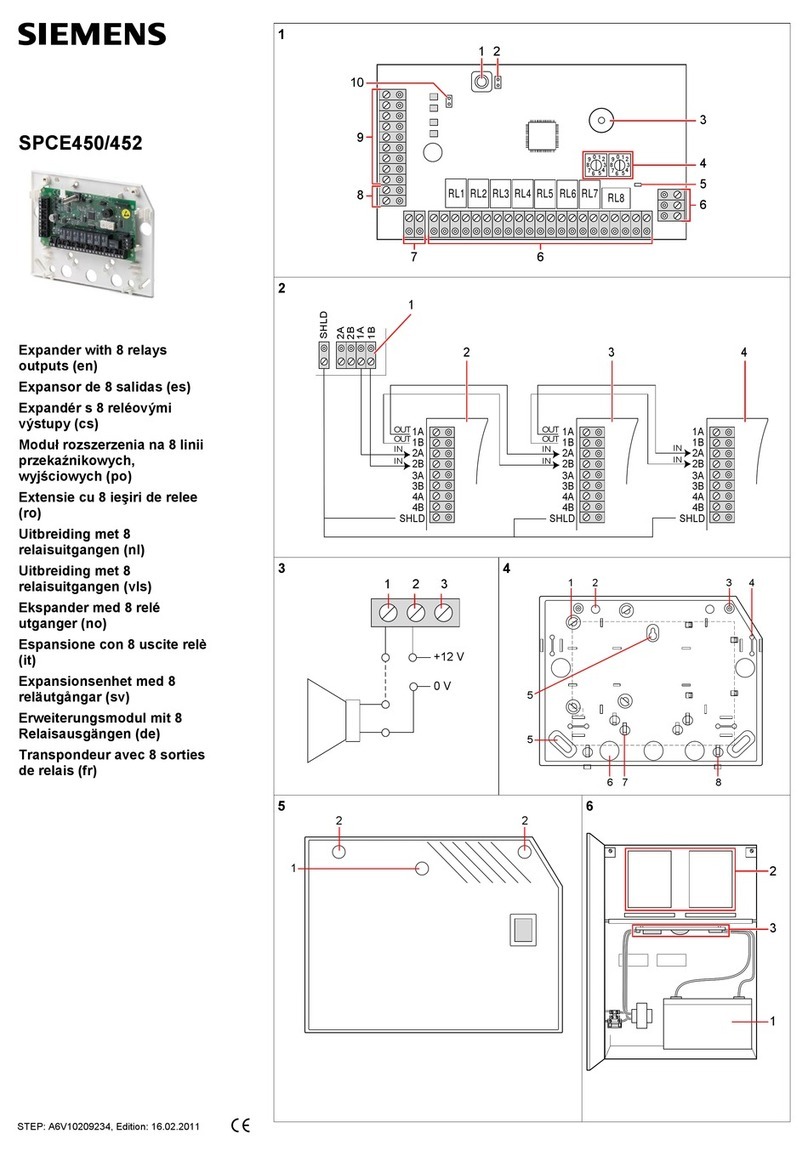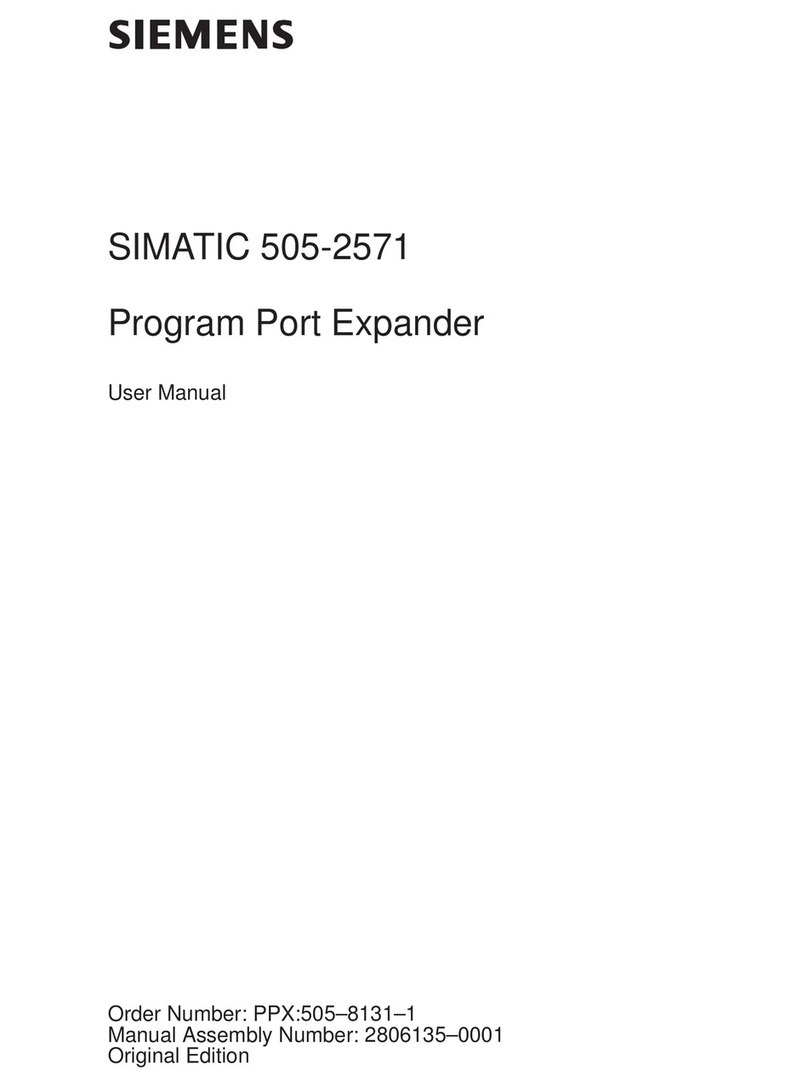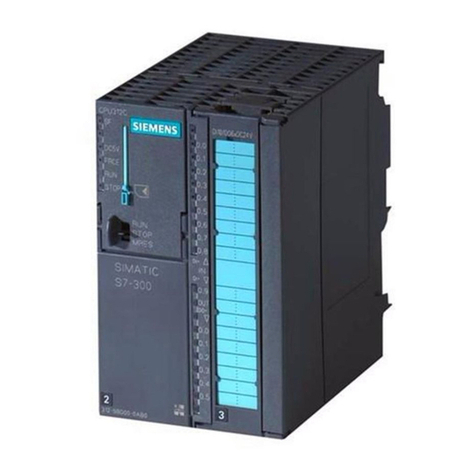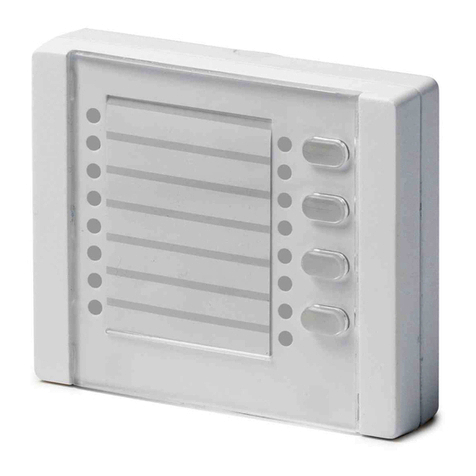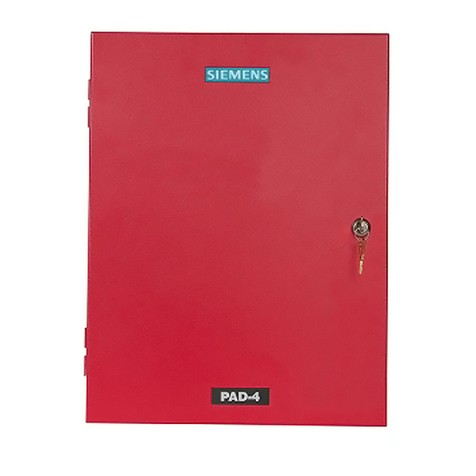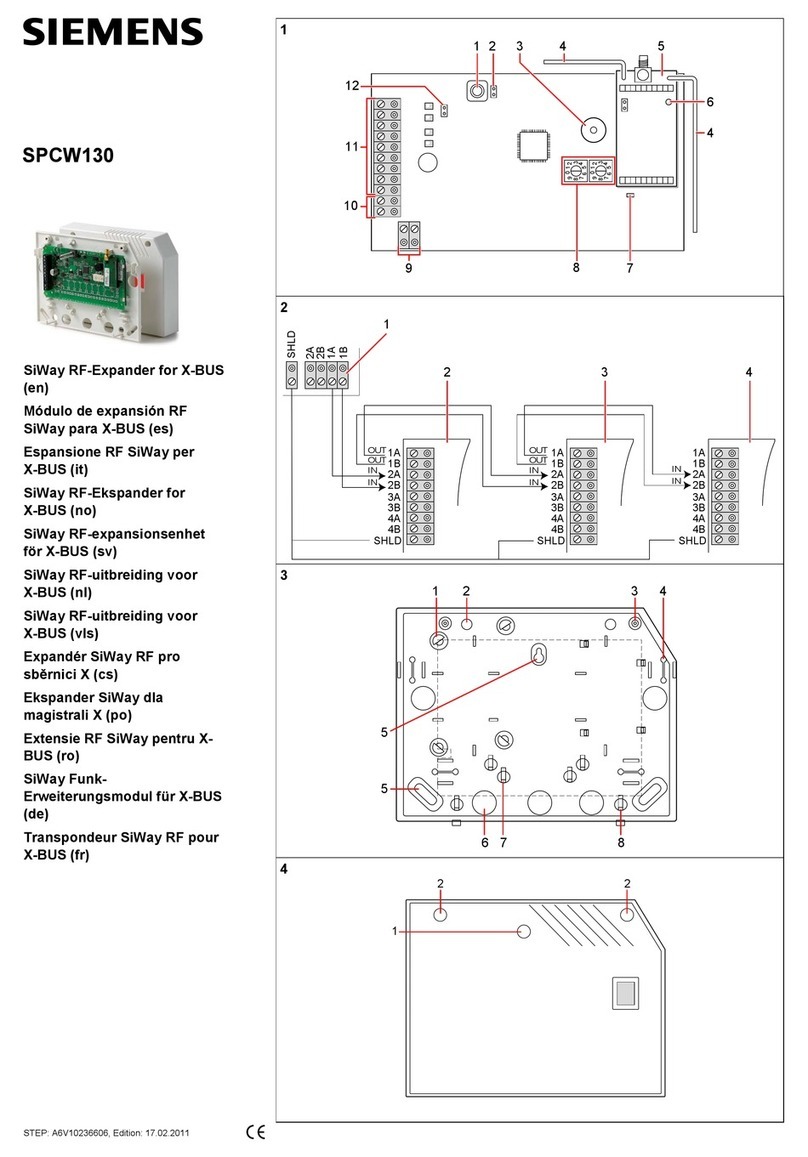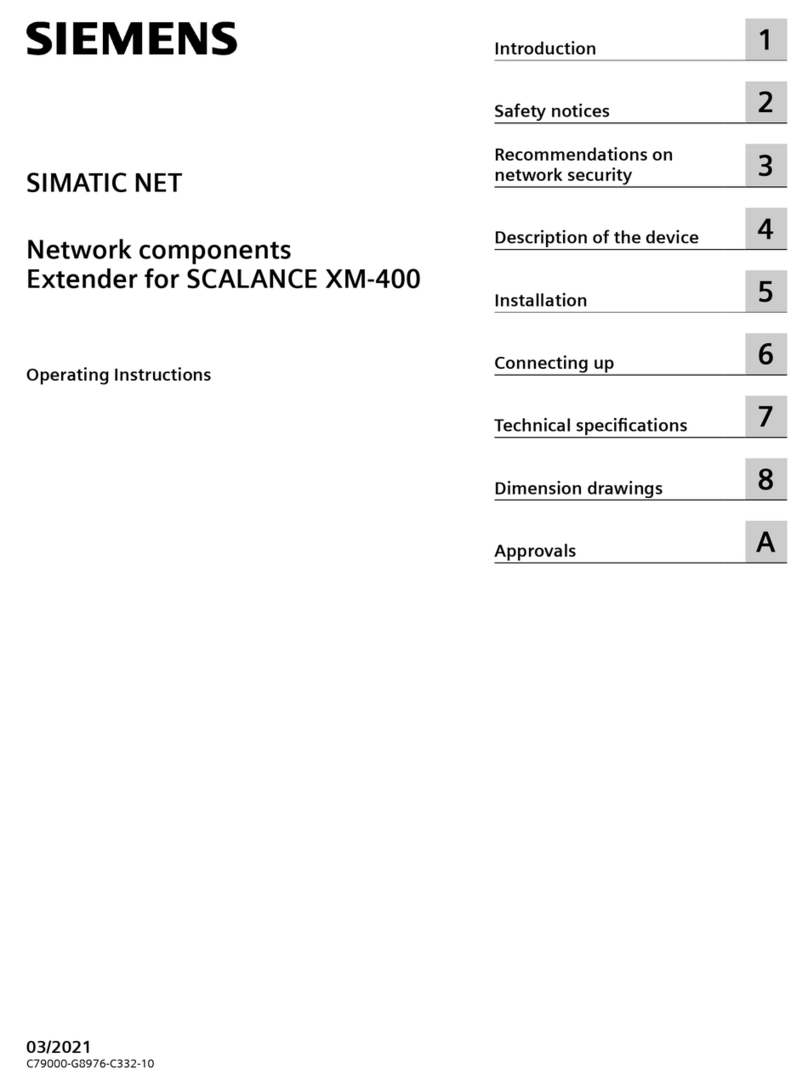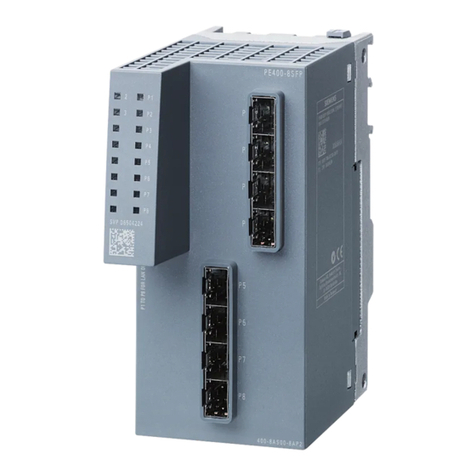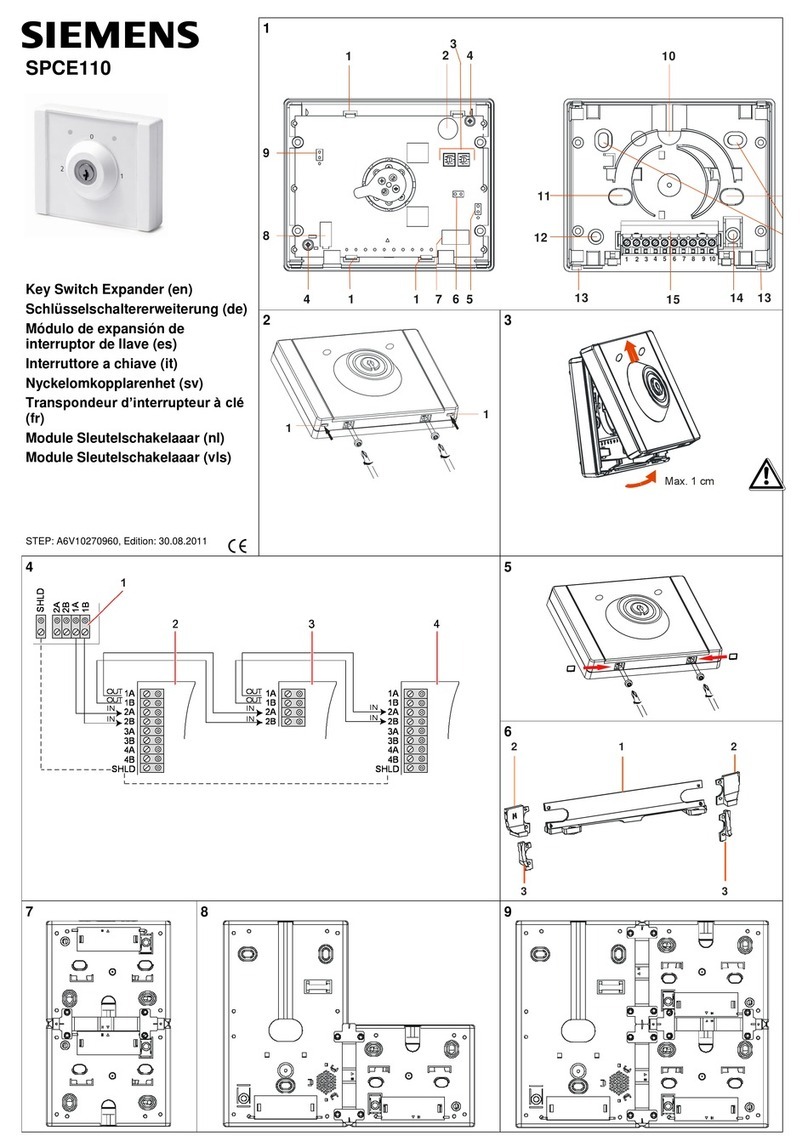
i
Table of Contents
PREFACE ................................................................................................................................ ii
1. DESCRIPTIONS ...................................................................................................................... 1
1.1 General Design Features .................................................................................................. 1
1.2 Regulatory Standards........................................................................................................2
1.3 General Specifications....................................................................................................... 3
2. INSTALLATION ....................................................................................................................... 5
2.1 Mounting the Enclosure..................................................................................................... 5
2.2 Control Unit Mounting........................................................................................................ 6
2.3 Wire Routing...................................................................................................................... 7
2.4 Terminal Descriptions and Electrical Ratings.................................................................... 8
2.5 Wiring The PAD-3.............................................................................................................. 9
2.5.1 AC Wiring......................................................................................................................... 10
2.5.2 Battery Connection .......................................................................................................... 11
2.5.2.1 Multiple Module Battery Connection................................................................................ 12
2.5.3 Style Y (Class B) Input/Output NAC Wiring..................................................................... 13
2.5.4 Style Z (Class A) Input/Output NAC Wiring..................................................................... 14
2.5.5 Auxiliary Power Supply Output ........................................................................................ 15
2.5.6 Common Trouble Relay................................................................................................... 15
2.5.7 AC Fail Relay................................................................................................................... 16
2.6 Ground Fault Detection Enable/Disable.......................................................................... 16
3. CONNECTION TO CONTROL UNITS .................................................................................. 17
4. SAMPLE APPLICATIONS .....................................................................................................27
4.1 Notification Appliance Power Applications ...................................................................... 27
4.2 Door Holder Applications................................................................................................. 32
5. PROGRAMMING ................................................................................................................... 33
5.1 Dip Switch Settings.......................................................................................................... 33
5.1.1 Selecting the Input/Output Configuration ........................................................................ 34
5.1.2 Setting the Auxiliary Output ............................................................................................. 35
5.1.3 Setting the Input’s Control of their NACs......................................................................... 36
5.1.4 Setting the AC Power Fault Reporting Delay .................................................................. 37
5.2 Jumper Settings............................................................................................................... 38
6. REFERENCE DATA .............................................................................................................. 39
6.1 Wire Selection Guides ..................................................................................................... 39
6.1.1 Resistance of Solid Copper Wire..................................................................................... 39
6.2 Battery Size Calculations................................................................................................. 40
7. COMPATIBLE DEVICES ....................................................................................................... 41
8. TROUBLESHOOTING........................................................................................................... 41
8.1 LED Indicators ................................................................................................................. 41
8.2 Improper Operation .........................................................................................................41
8.3 Trouble Conditions ..........................................................................................................42
8.4 Fuse Replacement .......................................................................................................... 43
9. BATTERY MAINTENANCE ................................................................................................... 44
10. GLOSSARY ........................................................................................................................... 45
